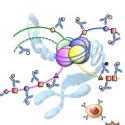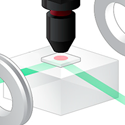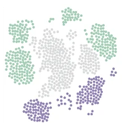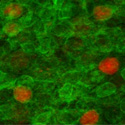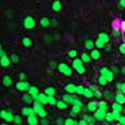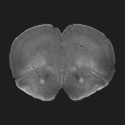Single-Cell Chromatin Modification Profiling Reveals Increased Epigenetic Variations with Aging. Cell.
A group of researchers from Stanford University employed a multiplexed mass cytometry to profile the epigenetic landscape and measure a broad array of global chromatin modifications in human cells at the single-cell level. The EpiTOF technology provides new opportunities for identifying cell-specific epigenetic changes associated with altered physiological and pathological states. [Read More]
